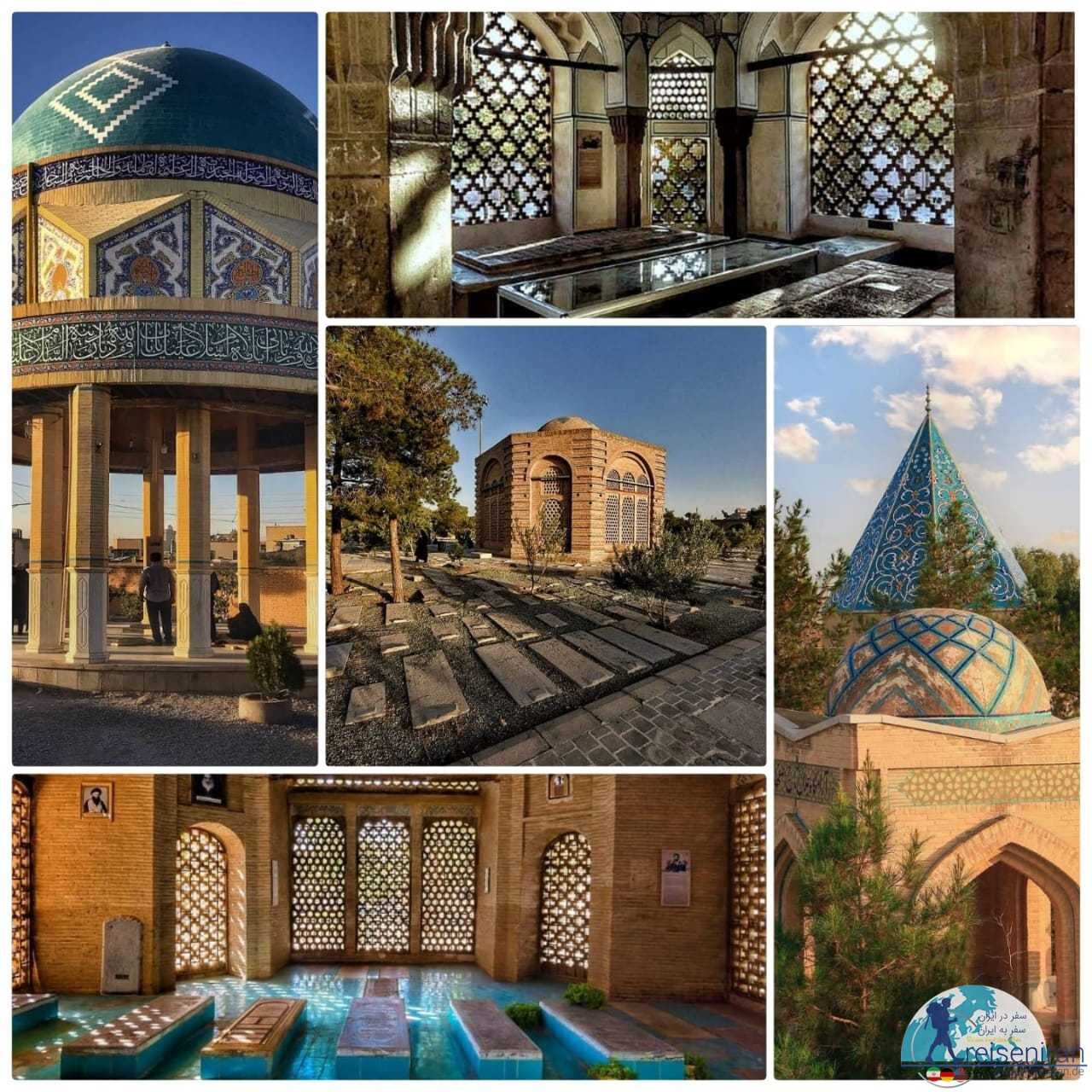Isfahan, Najaf mayors discuss sister ties between cemeteries

TEHRAN – Isfahan Mayor Ali Ghasemzadeh has met his Najaf counterpart Udai Abdosaheb Tadweer Al Khaledi to discuss broader ties, including a sister agreement between their historic cemeteries, where thousands of prominent figures have been buried.
Ghasemzadeh said on Wednesday that Isfahan and Najaf have strong religious and cultural affinities that laid the groundwork for intensifying ties, IMNA reported.
“What causes Isfahan to liken itself to Najaf is the presence of sincere Shia people and enthusiasts of Iman Ali (AS) in this city. It makes us determined to deepen mutual relations.”
Al Khaledi also touched upon historical connections between Isfahan and Najaf, adding: “We are here to finalize preparations for inking a sister agreement between the Takht-e Foulad and Wadi-al-Salaam cemeteries.”
Moreover, Ebrahim Fuladi, who presides over Takht-e Foulad Cemetery, as a historical, cultural, and religious complex, talked about the sister agreement and defined it as “an international capacity” to promote spiritual tourism.
“Covering 75 hectares in area, Takht-e Foulad is the second largest cemetery in the Shia world. Many notables and famous scholars have been buried in this cemetery,” Fuladi said.
Iran’s Isfahan and Iraq’s Najaf are among the heavens for cemetery enthusiasts and grave hunters who have a passion for famous deaths.
Cemetery tourism, aka thanatourism, is a specific sub-section of dark tourism that is becoming increasingly popular.
Tourists wander through tombs to discover the artistic, architectural, historical, and scenic heritage that is often abundant in cemeteries.
The changing perception of cemeteries from burial grounds to heritage spaces offers numerous tourism opportunities. It allows the community to explore the development of products and services that will help the destination generate new revenue while preserving its heritage.
AFM
Leave a Comment